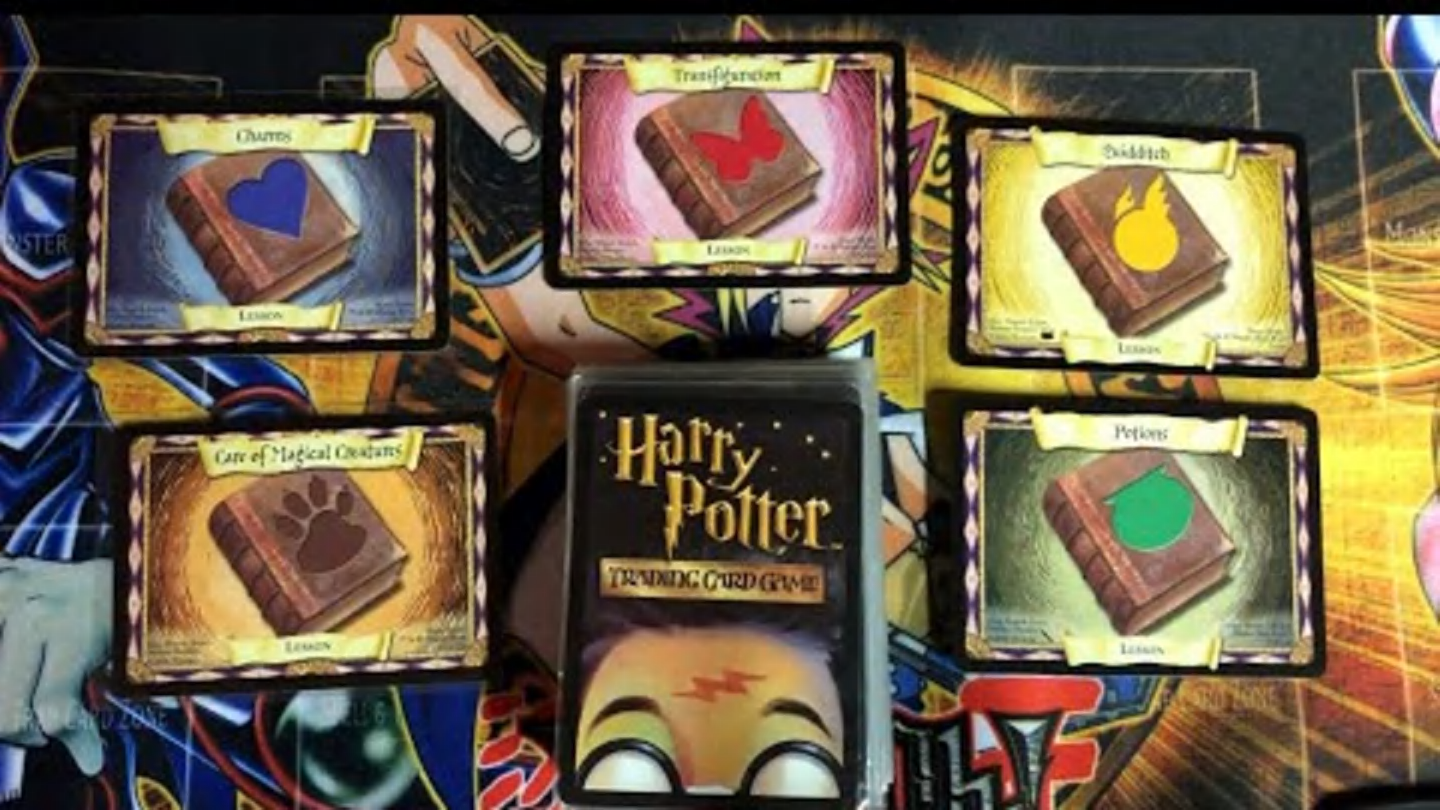
As a child of the 2000s, I have fond memories of unwrapping packs of Harry Potter Trading Card Game (HPTCG) with my friends during those hot summer days, our laughter echoing through the halls of our school cafeteria as we strategized and shared stories. The magic that game brought to us was immeasurable; it was a momentary escape from reality, where creativity and joy were the only currencies that mattered.
2001 marks a significant year in pop culture. The sitcom “Friends” holds the top spot on TV, Apple introduces an innovative mp3 player known as the iPod, and a groundbreaking online encyclopedia called Wikipedia gains traction among tech enthusiasts. Britney Spears and Justin Timberlake make their relationship public, while the Spice Girls disband. The films “Shrek,” the first “Lord of the Rings,” and “Harry Potter and the Sorcerer’s Stone” hit theaters, captivating audiences and rejuvenating fandoms. Yet, it is “Harry Potter and the Sorcerer’s Stone” that steals the limelight, setting a new record for the highest-grossing opening weekend ever. At this time, J.K. Rowling is well into her successful series, having released “Harry Potter and the Goblet of Fire” (book four) in 2000. She is yet to be known for her controversial views on transgender issues. This era is often referred to as the golden age of Harry Potter, and an innovative mind at the fledgling toy and game company Wizards of the Coast comes up with a brilliant idea: why not create a collectible card game?
Back in 2001, as the Harry Potter fever was reaching its peak worldwide, just before the first movie hit the screens, I found myself immersed in the magic of the Harry Potter Trading Card Game (HPTCG) craze. The initial set consisted of 116 cards, followed by four more expansions over the next two years. However, in 2003, Wizards of the Coast decided to put an end to the HPTCG card production. In its entirety, a total of 641 unique cards saw print, with most of them drawing inspiration from characters, items, and happenings depicted in ‘The Sorcerer’s Stone’ (the first book). Interestingly, the last expansion subtly referenced ‘Harry Potter and the Chamber of Secrets’ (the second book).
The game called HPTCG was an unusual, simplistic card game that barely touched upon the first quarter of the Harry Potter series. It shares some similarities with Magic: The Gathering, Wizards of the Coast’s enduringly popular trading card game which remains a favorite among fans and businesses. However, HPTCG is significantly more straightforward and was primarily designed around a franchise that had its peak popularity when I was only 2 years old.
As Harry Potter books and films shaped my childhood memories, nothing could quite capture the enchantment of the early 2000s when the Harry Potter Trading Card Game (HPTCG) was at its peak, burning brightly and fading away like a meteor trapped in a bottle. Despite having a dedicated fanbase, HPTCG failed to rival the success of other trading card games such as Yu-Gi-Oh!, Pokémon, and Magic: The Gathering, as Wizards of the Coast had initially envisioned. By 2005, it had become largely forgotten by the masses, even among hardcore Harry Potter fans who had an abundance of books, movies, and merchandise at their disposal. It seemed peculiar that they would show interest in a partially completed trading card game. Yet, I found myself becoming captivated by it over a decade later.
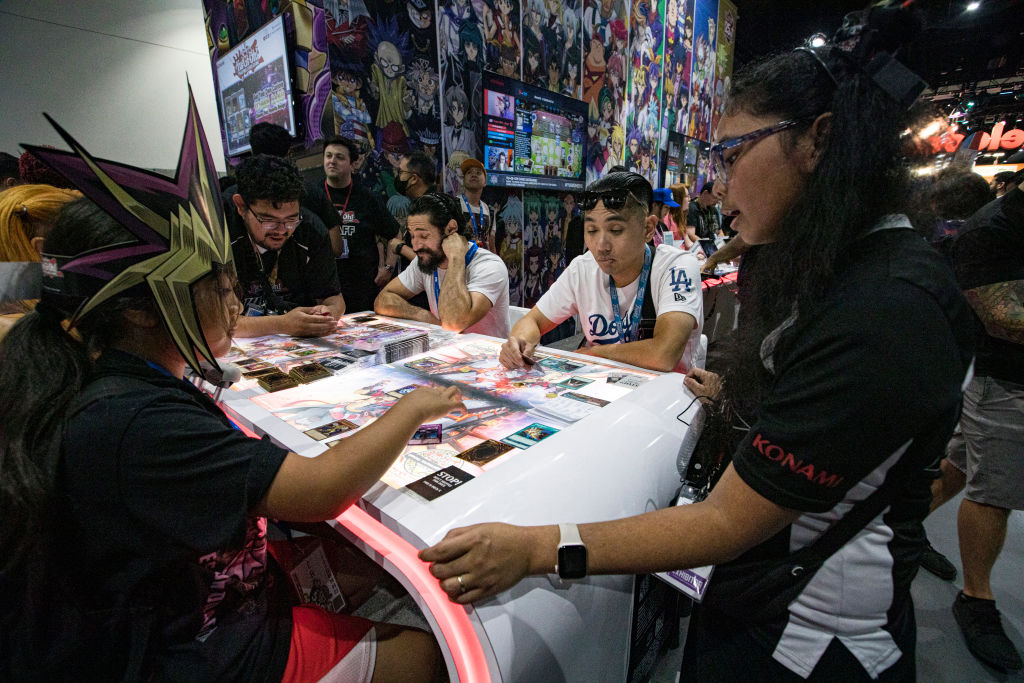
To address your query, let me take you back to a different time: the summer of 2013. I was 14 years old and spending my days at a camp for enthusiasts, nicknamed KidRealm. Although our activities varied, there was one common bond that tied us all together – an ardent affection and shared hobby: HPTCG.
In KidRealm, the Harry Potter Trading Card Game (HPTCG) was as common as lunch hours, afternoon pickups at the roundabout, and the cherished camp championship trophies. The HPTCG packs were readily available from a small shop that magically appeared whenever you needed them. Almost everyone in the camp played or drafted these cards, making it a usual sight to see people huddled over card binders, tweaking their decks with friends. At KidRealm, the HPTCG was everywhere, and I soon found myself captivated by it.
In the early 2000s, I found myself immersed in an unexpected throwback moment, unbeknownst to me at the time. It was during a summer camp experience that I gladly splurged my allowance (and more) on. The abundance of friendly faces and rivals made each day feel enriched and fulfilling for those short yet memorable weeks I spent there annually.
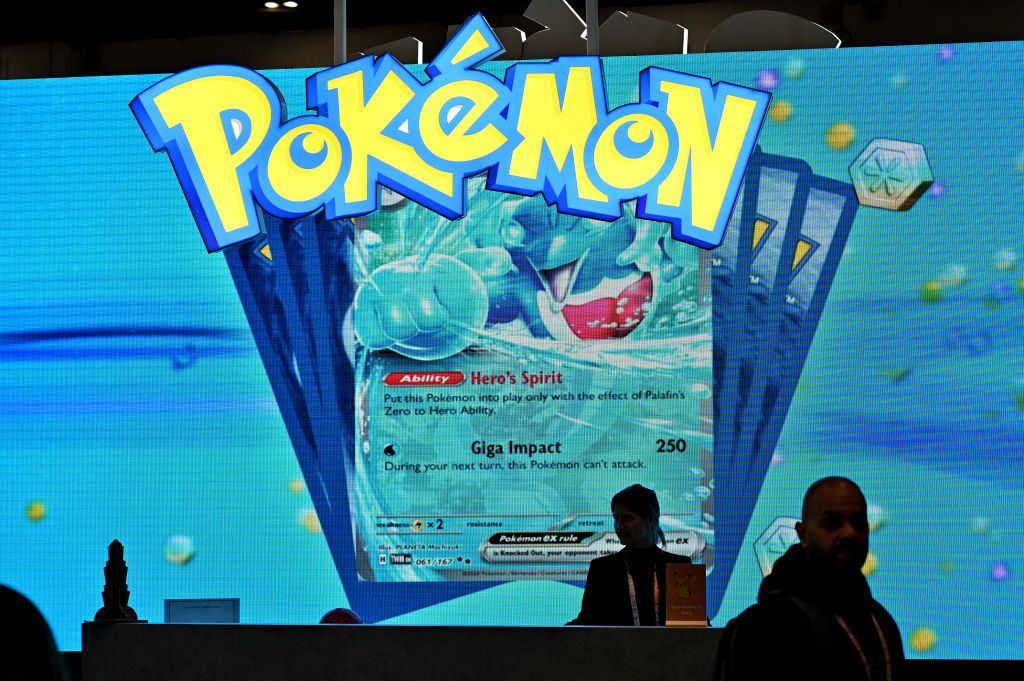
The strange history of KidRealm and the Harry Potter Trading Card Game
At the dawn of the new millennium, Ramirez-Thompson established KidRealm following his retirement from his position as a physical education teacher. Initially, managing the summer camp served as an innovative educational endeavor. What attracted children to return again and again? Whose needs was he aiming to fulfill? And how could he maintain a balance between fun and profitability?
The decision to make HPTCG the main game at the camp proved crucial in addressing several queries. The primary factor that attracted children repeatedly was a social gaming atmosphere that thrived only within a competitive camp setting, where friends could engage in play. The demographic that could be catered to sustainably was those who enjoyed strategy and competition, often referred to as ‘nerdy’ kids. To maintain an enjoyable and profitable environment, the team integrated HPTCG into the KidRealm mythos, leveraging its appeal to attract new generations of campers.
Ramirez-Thompson’s shrewdness became particularly evident following the discontinuation of HPTCG in 2003. Unlike other summer camp directors who might have viewed the end of their most profitable activity as a catastrophic blow for their business, Ramirez-Thompson perceived it as an opportunity. His opportunity was to become the last surviving distributor of HPTCG, so he purchased all the stock he could. The packs he bought were sealed and had a shelf life of over 10 years, which is evident from the fact that I was buying them in 2013 as if they were fresh off the shelves. At that time, KidRealm was still operational, built on the foundations of a collectible card game that had been defunct for more than a decade. Although it later transitioned to another game called Castle Combat, designed by Ramirez-Thompson himself to eliminate middlemen and boost profits from every pack sold, the camp’s exploitation of HPTCG (in terms of profit) resulted in a complex mix of emotions within generations of campers that I still grapple with today.
A childhood love of trading card games feels joyous on its surface. There’s nothing better than tearing open a shiny new pack of cards and building a synergized deck with the gems you find within. However, as I’ve grown into myself as a writer and adult, the dark side of hobbies like this has shown itself plain.
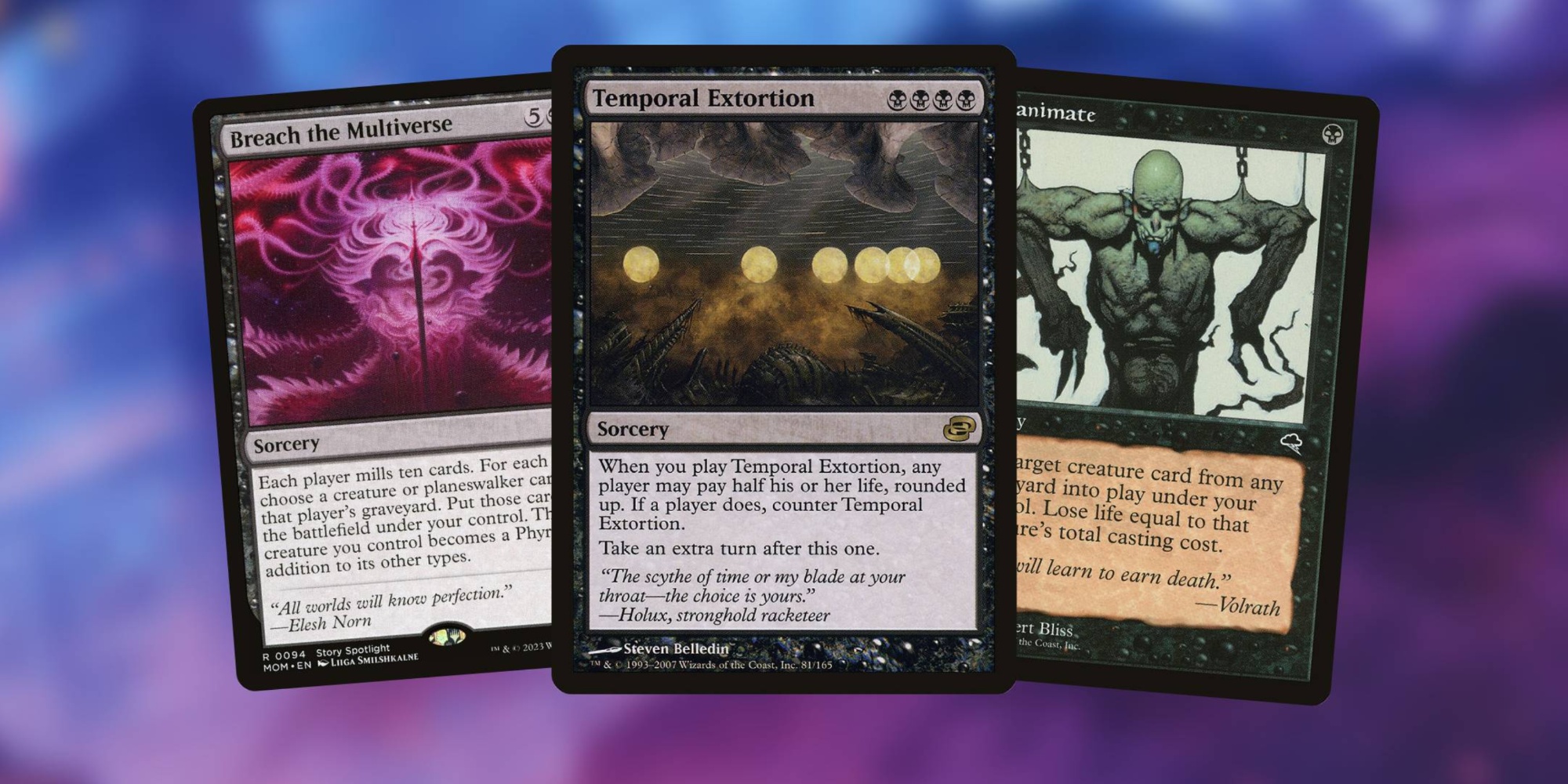
Harry Potter, Magic: The Gathering, innocence, commerce and you
To fully grasp what I’m referring to, consider “Magic: The Gathering” (MtG) as an example. This game serves as a prime illustration of how a thriving trading card game (TCG), like HPTCG, could evolve if it were successful and not linked to a declining external intellectual property. MtG is Wizards’ most profitable franchise, consistently introducing new sets of limited-edition cards in collaboration with popular brands such as Marvel and Monty Python. The worth of these cards is largely determined by their dedicated fanbases who are eager to acquire the latest merchandise.
Beyond this, Magic: The Gathering (MtG) has ventured into the realm of digital gameplay with Magic: The Gathering Arena, initially launched in 2018, yet rapidly climbing to the forefront of Wizards’ focus. This surge is primarily due to microtransactions. Nowadays, it’s never been more convenient for Wizards of The Coast to generate income from its players, as they strive to keep up with the rapid-fire releases of MtG content. Given this trend, it’s not surprising that the company has opted to shift most of its competitions online, streaming them on Magic: The Gathering Arena’s platform, making a virtual gaming experience essential for both competitive and casual players.
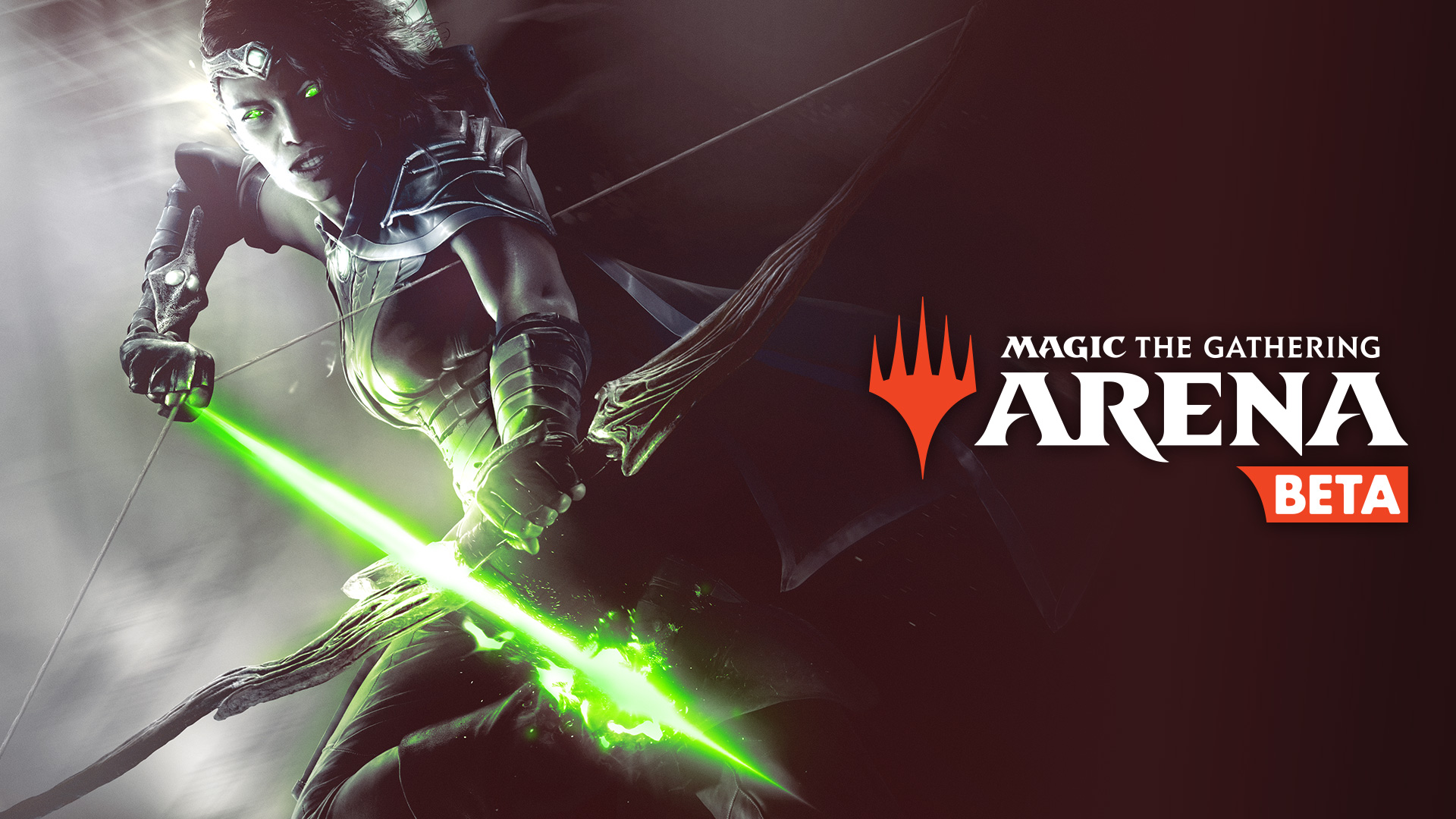
In my role as a games and culture reporter, I delve into how play impacts our emotions. Dissecting particular games can be tricky because, as we’ve witnessed even within this article, many businesses manufacturing such experiences often view their customers as mere amounts to be extracted over specific timeframes that align with quarterly financial reports. Yet, there’s one memory I cherish – the joy of opening a pack of HPTCG cards with my friends when I was 14, with sunlight filtering through the window and the scent of summer wafting in from the cafeteria’s open door.
As we brainstormed together with those who shared our vision, the options seemed limitless. Despite the fact that everything eventually fades away due to the constant pull of materialistic ambitions, there’s something uniquely naive about assuming that what lies before us was created solely for amusement. It’s believing that the effort, resources, and imagination poured into a project only serve to improve the user’s enjoyment. That the ultimate objective is happiness.
To Rob Ramirez-Thompson, Wizards of the Coast, Hasbro, and all trading card game creators: It’s more of the genuine magic we yearn for, not the Magic: The Gathering-like entertainment you’re providing currently. Although I owe you gratitude for countless years of pleasure, I will persistently advise readers and fellow gamers to break free from the invisible grip that seems to empty their pockets. Striving for fun that is both mentally beneficial and wallet-friendly will always be a noble endeavor.
Now all that’s left to do is go forth and enjoy responsibly.
Read More
- Mobile Legends: Bang Bang (MLBB) Sora Guide: Best Build, Emblem and Gameplay Tips
- Brawl Stars December 2025 Brawl Talk: Two New Brawlers, Buffie, Vault, New Skins, Game Modes, and more
- Clash Royale Best Boss Bandit Champion decks
- Best Hero Card Decks in Clash Royale
- Call of Duty Mobile: DMZ Recon Guide: Overview, How to Play, Progression, and more
- Clash Royale December 2025: Events, Challenges, Tournaments, and Rewards
- Best Arena 9 Decks in Clast Royale
- Clash Royale Best Arena 14 Decks
- Clash Royale Witch Evolution best decks guide
- Brawl Stars December 2025 Brawl Talk: Two New Brawlers, Buffie, Vault, New Skins, Game Modes, and more
2024-11-29 16:42